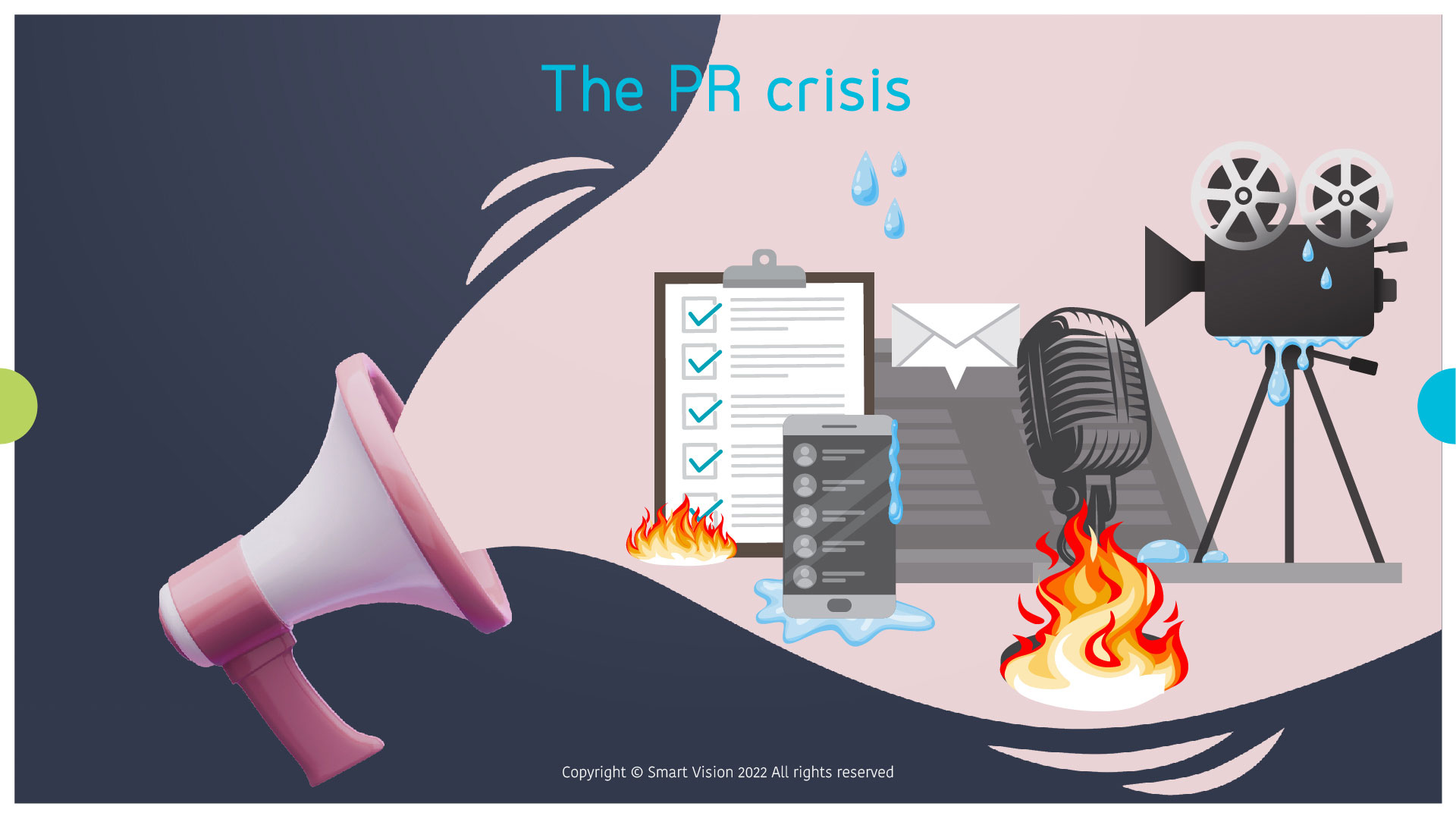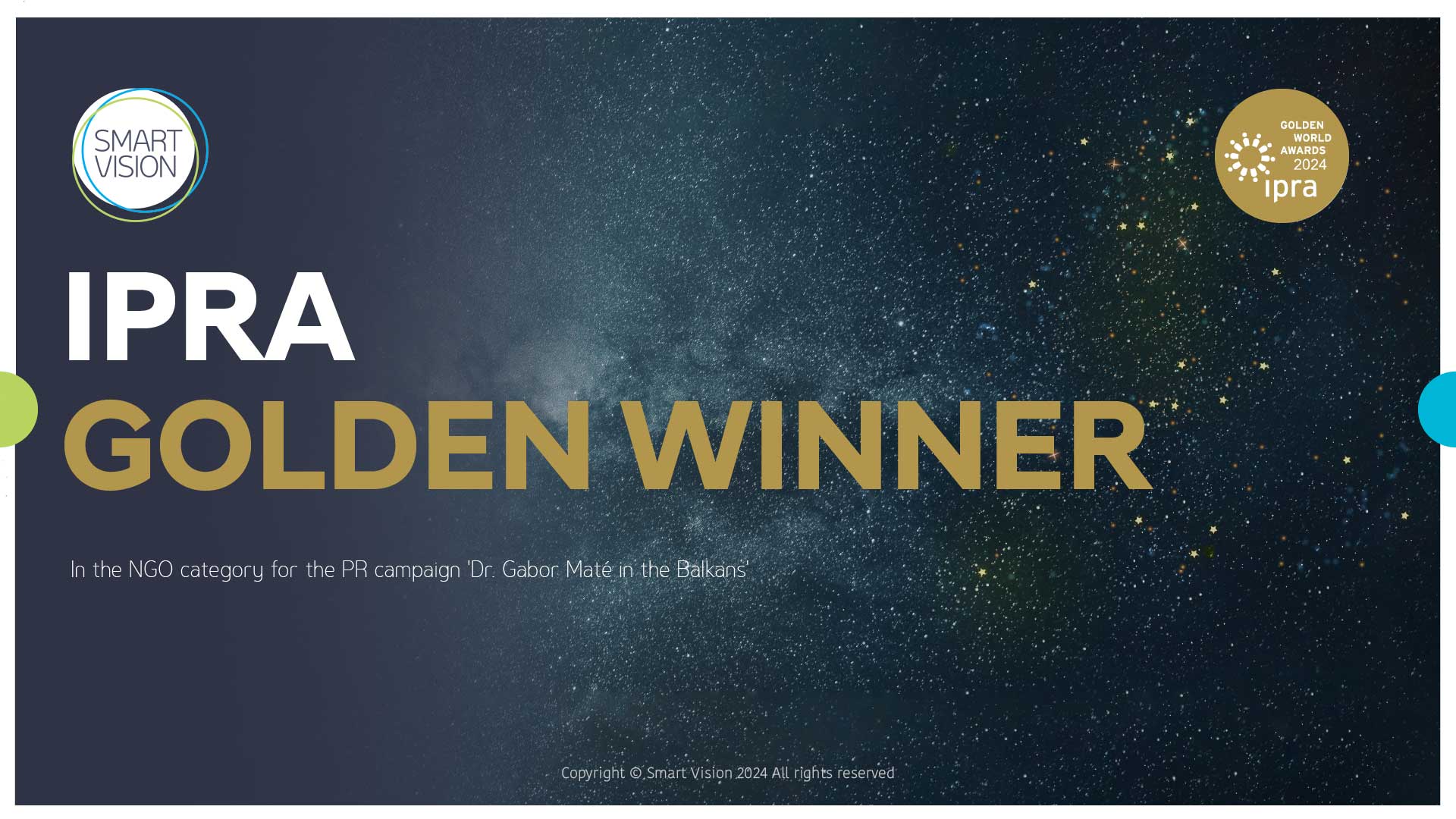The PR crisis represents a potential threat to a brand’s reputation, affects its business and requires a quick response to get out of with as few consequences as possible. In 2020, Covid 19 taught us that almost anything could be out of our control.
It is difficult to predict the crisis, but we can detect it quickly and react quickly. In these situations, media monitoring plays a significant role. Media monitoring is of great importance in resolving the PR crisis, and at the same time we must monitor public reactions. The information that media monitoring offers us enables us to prepare and mitigate the damage of a potential problem, respond quickly and efficiently, resolve the crisis, and strengthen the brand.
To solve any problem, you need adequate tools, so it is the same when discussing the PR crisis. For a start, constant media monitoring gives you knowledge of the situations in the world based on which you can predict the impending crisis in the PR sector as well. So, if you are well informed, you will develop a crisis radar and sense the future crisis, and thus be ready to prevent its spread and find a solution in the short term.
If you know your audience and target group well, adjust the response to the crisis to their sentiments.
Although the crisis is always associated with adverse outcomes, you still have to think positively. The crisis is an excellent opportunity to strengthen the brand and the connections in your team. It is crucial to support each other and solve the problem together.
To successfully overcome the crisis, brands should have a proactive media monitoring strategy and follow the public reaction. Brands must also be agile and reactive, adapting their monitoring practices to the progress of the crisis. Here are some key tips on how to successfully resolve a crisis.
Find out all the facts
Gathering facts is crucial both at the beginning and during the crisis. A quick analysis of everything that has happened so far will help you see the situation, reveal unknown details and be careful about spreading misinformation, which will save you from additional worries.
Pay special attention to social networks
Social media spreads the news about the crisis like wildfire. It can also be the point of concern. Whether it’s an awkward hashtag on Instagram or a retweeted video on Twitter, the problem can quickly escalate when the algorithm increases the story’s visibility, when it goes viral. As a precautionary measure, regularly update and check your keywords on social media. For best results, adjust your searches regularly and review posts that mention your brand.
Follow the journalists who report on the crisis
One of the essential things during a PR crisis is media relations. Imagine journalists (or influential people) covering the crisis as partners, not opponents, and train your PR people to do the same. Following these journalists can allow you to influence the context and tone of the narrative.
Follow the answers of other participants
There is a good chance that you are not alone in this crisis, but you may not have access to the parties involved, for example, in the case of competitors or former clients. If you cannot work directly with the parties involved, you must follow their media activities. Analyse their responses with your crisis team.
Why you should follow the PR crises of others
As important as it is to follow your brand, it is equally important to follow the coverage of other relevant parties. For example, if you observe that another brand is going through a crisis, whether it is a competitor, partner, or another player in the industry, it means that you will see their reactions in the moments when they are most endangered. How they work during crisis navigation can provide valuable insight into a similar crisis that may arise in the future. For example, if your brand or one of your clients could easily replace the current ones in crisis headlines, it’s time to design your crisis management activities. Gather insights into the competition. Then, carefully analyse the message points that have been communicated and the actions taken by the brand experiencing the crisis. Finally, evaluate the success of their response and talk to your crisis and leadership teams about the steps taken.
Demonstrate the effectiveness of PR
The moment of crisis is an opportunity to prove how well you maintain calm and work under pressure to mitigate the damage and regain control. How can media monitoring help? Use relevant values such as the feeling of media coverage before, during and after the crisis to show how PR activities help you regain your reputation.
Establish new relationships with the media
A crisis can be your opportunity to build a relationship with a media contact who reports on your crisis or with an influencer with many followers. Even if the reporting is negative, leave a good impression by cooperating with the media. Be responsible and honest.
Increase your PR budget
The crisis is often a time to put forward a convincing argument for allocating more resources to the PR team. Be sure to have the opportunity to secure new investments in short-term crisis management and long-term planning (restoring your brand reputation, avoiding future crises). How can media monitoring help? Draw a press clipping of current reactions to the crisis. This will give a strong argument about the seriousness of the crisis and why additional funds are needed.
Increase the authenticity of your brand
Journalists and the public can foresee a dishonest response to the crisis and condemn it in traditional and online media. This is the most crucial time to ensure that your brand’s actions align with its stated values.
Learn from past mistakes
At the very least, every crisis is an opportunity to learn something new. When a brand tries to learn from its past and others’ mistakes, the public notices that. Compare media coverage before and after any responses or statements you make, as well as public reactions. For example, provide coverage briefings to show management how the brand is currently perceived and what needs to happen to avoid negative coverage in the future.
Finally, a crisis does not have to be the worst thing that can happen. It is an opportunity to transform, to get the maximum creativity and new strategies that will prevent us from falling into the routine of work that we love and whose most exciting part, after all, are unexpected challenges.





